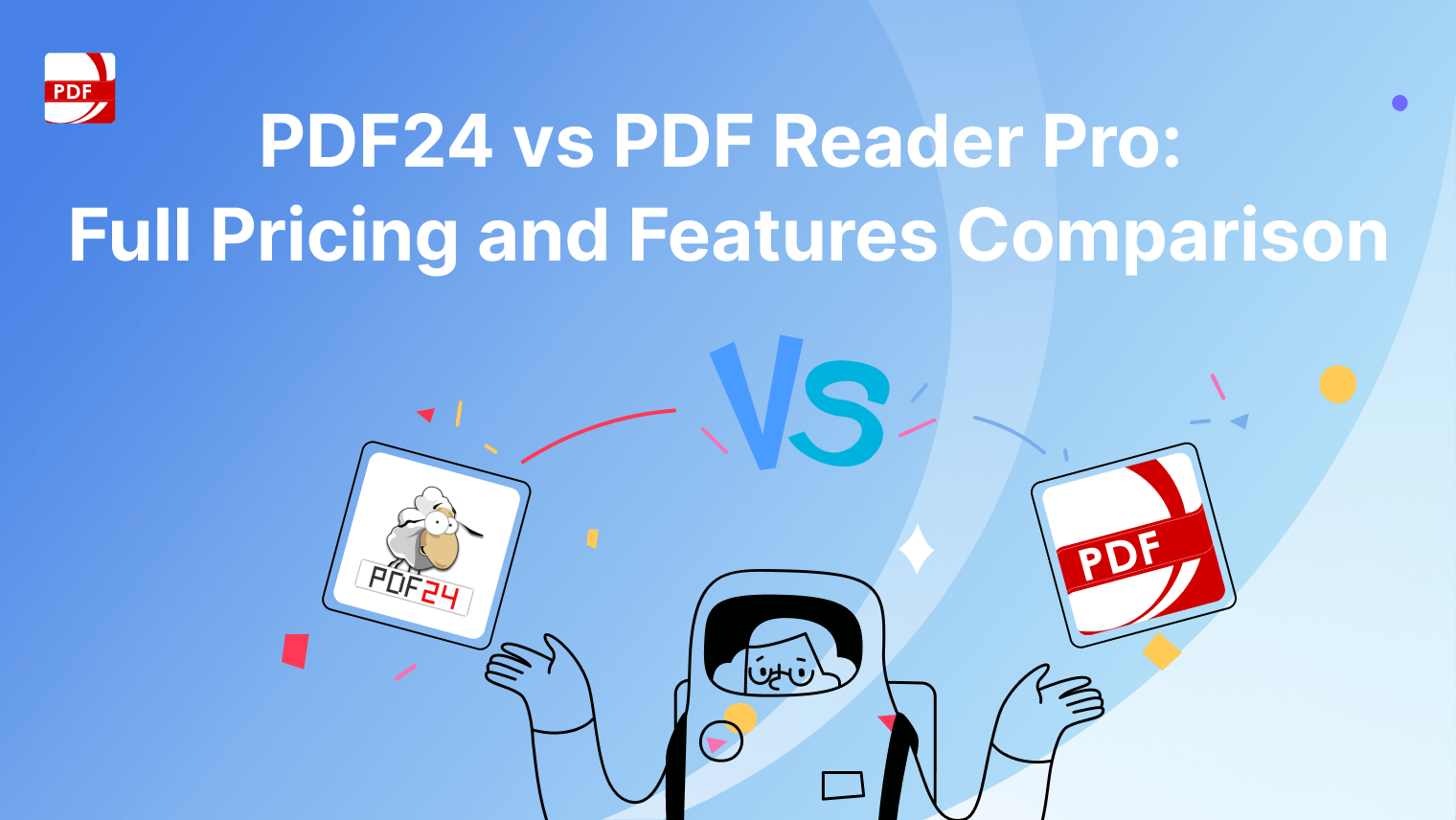Setting goals is fundamental to achieving success, both personally and professionally. However, not all goals are created equal.
To maximize effectiveness, goals should be Specific, Measurable, Achievable, Relevant, and Time-bound—SMART.
Why SMART Goals Matter
This goal setting process provides a clear framework that helps individuals and teams:
- Focus and Clarity: Define precisely what needs to be accomplished.
- Track Progress: Establish criteria for measuring success and tracking progress.
- Motivation and Accountability: Increase motivation by setting achievable targets and holding individuals accountable.
- Alignment: Ensure goals align with organizational objectives, fostering cohesion and collaboration.
Example of Setting SMART Goals
You can use the SMART criteria to create relevant goals, starting with the examples below to help you fill in our template.
Specific
Objective: Increase customer satisfaction scores by 15% within the next 6 months.
- Specific Detail: Focus on enhancing service delivery and responsiveness based on customer feedback.
Measurable
Objective: Generate 20% more leads through digital marketing campaigns.
- Measurable Detail: Track leads generated through specific campaigns using analytics tools.
Achievable
Objective: Launch a new product line within the next year.
- Achievable Detail: Allocate resources and timeline realistically based on market research and production capabilities.
Relevant
Objective: Implement a sustainability initiative to reduce office waste by 30%.
- Relevant Detail: Aligns with company values and addresses current environmental concerns.
Time-bound
Objective: Complete the website redesign project within 3 months.
Other Documents to Help Achieve Business Goals
Once you have put your SMART acronym into place to set achievable goals, you can have a look at other document types that will help you.
|
Document Type |
Description |
|---|---|
| Goal Setting Worksheet |
Provides a structured template for defining SMART goals, including Specific, Measurable, Achievable, Relevant, and Time-bound criteria. |
| SWOT Analysis |
A strategic planning tool to assess Strengths, Weaknesses, Opportunities, and Threats. |
| Performance Metrics Dashboard |
Visual representation of key performance indicators (KPIs) and metrics tracked over time to monitor progress towards SMART goals. |
| Action Plan Template |
Outlines specific tasks, responsibilities, and timelines for achieving SMART goals. |
| Progress Report Template |
Document summarizing progress made towards SMART goals, highlighting achievements, challenges, and adjustments. Facilitates regular review and evaluation of goal attainment. |
| Feedback and Evaluation Forms |
Tools for gathering feedback from stakeholders, team members, or customers regarding goal progress and outcomes. |
| Budget and Resource Allocation |
Details financial resources, personnel, and materials allocated to support the implementation of SMART goals. |
| Quarterly Review Meeting Agenda |
Agenda template for conducting structured quarterly reviews of SMART goals. Includes discussion points, KPI analysis, and action planning for the next quarter. |
| Training and Development Plan |
Identifies skill gaps and training needs essential for achieving SMART goals. |
These documents supoprt the goal-setting process in the following ways:
- Clarity and Focus: Goal Setting Worksheet and Action Plan Template provide a clear framework for defining SMART goals and actionable steps.
- Measurement and Evaluation: Performance Metrics Dashboard and Progress Report Template enable tracking of progress and evaluation against established metrics.
- Alignment and Accountability: SWOT Analysis, Feedback Forms, and Quarterly Review Meeting Agenda ensure alignment with organizational strategies and foster accountability among team members.
- Resource Management: Budget and Resource Allocation document optimizes resource allocation to support your realistic goals.
- Continuous Improvement: Training and Development Plan identifies opportunities for skill enhancement and continuous improvement to achieve your goals.
By leveraging these documents alongside the SMART framework, organizations can enhance business goal-setting precision, monitor progress effectively, and drive sustainable growth and success.
Case Study Example with SMART Framework
Let's explore a real-life case study that demonstrates how implementing SMART goals transformed operations and led to significant improvements within our organization.
Background
Company: XYZ Manufacturing Inc.
Industry: Manufacturing
Challenge: XYZ Manufacturing Inc. faced challenges in meeting production targets and maintaining quality standards due to inefficiencies in workflow and resource allocation.
SMART Goals Implementation
Here is how the SMART goal framework was implemented by the example company:
Specific
Goal: Improve production efficiency by reducing setup time for machines on the production line.
Specific Detail: Decrease machine setup time from 60 minutes to 30 minutes within the next 3 months.
Measurable
Goal: Increase production output by 20% in the next quarter.
Measurable Detail: Track daily production numbers and compare them against the baseline to measure progress towards the 20% increase target.
Achievable
Goal: Implement a new training program to enhance operator skills in machine setup.
Achievable Detail: Allocate resources for training sessions and provide hands-on practice opportunities to ensure operators are proficient in the new setup procedures.
Relevant
Goal: Reduce material waste by 15% by optimizing production processes.
Relevant Detail: Conduct a thorough analysis of current waste levels and implement process improvements and recycling initiatives to achieve the target.
Time-bound
Goal: Achieve ISO 9001 certification within the next 6 months.
Time-bound Detail: Develop a timeline with specific milestones for completing documentation, conducting audits, and addressing any non-conformances to meet certification requirements.
Results and Outcomes
SMART Goal 1:
- Outcome: Machine setup time reduced from 60 minutes to 25 minutes, surpassing the initial target of 30 minutes.
- Impact: Increased production uptime, allowing for more batches to be processed daily.
SMART Goal 2:
- Outcome: Production output increased by 25% in the first quarter following goal implementation.
- Impact: Met customer demand more effectively, leading to improved customer satisfaction and increased revenue.
SMART Goal 3:
- Outcome: Material waste reduced by 18% through process optimizations and recycling initiatives.
- Impact: Lowered production costs and improved environmental sustainability practices.
SMART Goal 4:
- Outcome: Successfully achieved ISO 9001 certification within 5 months.
- Impact: Enhanced credibility and competitiveness in the industry, opening doors to new business opportunities.
Lessons Learned and Future Directions
- Commitment to Continuous Improvement: SMART goals provided a structured approach to identify, plan, and achieve measurable objectives, fostering a culture of continuous improvement within XYZ Manufacturing Inc.
- Team Collaboration and Accountability: Clear goals and timelines facilitated effective communication and collaboration among departments, enhancing overall operational efficiency.
- Adaptability and Flexibility: Adjustments were made along the way to address challenges and capitalize on unexpected opportunities, ensuring goals remained relevant and achievable.
Download the latest version of PDF Reader Pro for Mac or Windows to start mapping out measurable goals of your own.
Our team consistently achieves exceptional results and surpasses expectations. Start implementing SMART goals today and witness the transformative impact on your organization's performance and growth.










 Free Download
Free Download  Free Download
Free Download 





 Support Chat
Support Chat